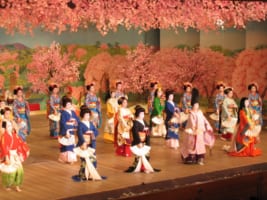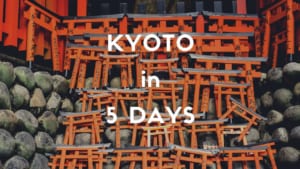Best Museums in Kyoto
Top 10 Must-Visit Museums in Kyoto
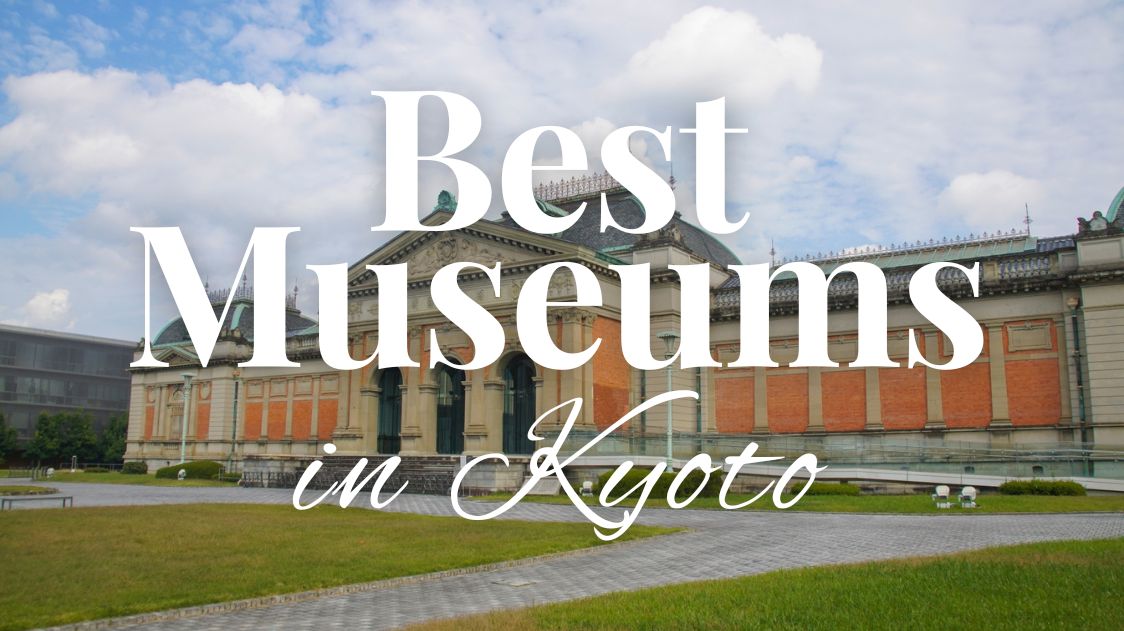
Kyoto, the former imperial capital of Japan for over a millennium, is a treasure trove of cultural experiences. This city walks the tightrope between history and modernity, where ancient temples coexist with bustling shopping districts, and traditional tea houses are just a stone’s throw from cutting-edge art galleries.
For visitors, Kyoto offers a diverse range of experiences that cater to all interests, from the ancient artifacts of the Kyoto National Museum to the playful nostalgia of feudal times, the city’s museums provide deep dives into art, history, and pop culture. Each museum provides a unique window into different facets of Japanese culture, so here we have curated a list that incorporates both the best of local popularity rankings in Kyoto and the overall relevance of these cultural institutions. Read on!
See also: 15 Best Museums in Japan & Best Museum Virtual Tours in Japan
*Please note that this article contains affiliate links.
1. Kyoto National Museum
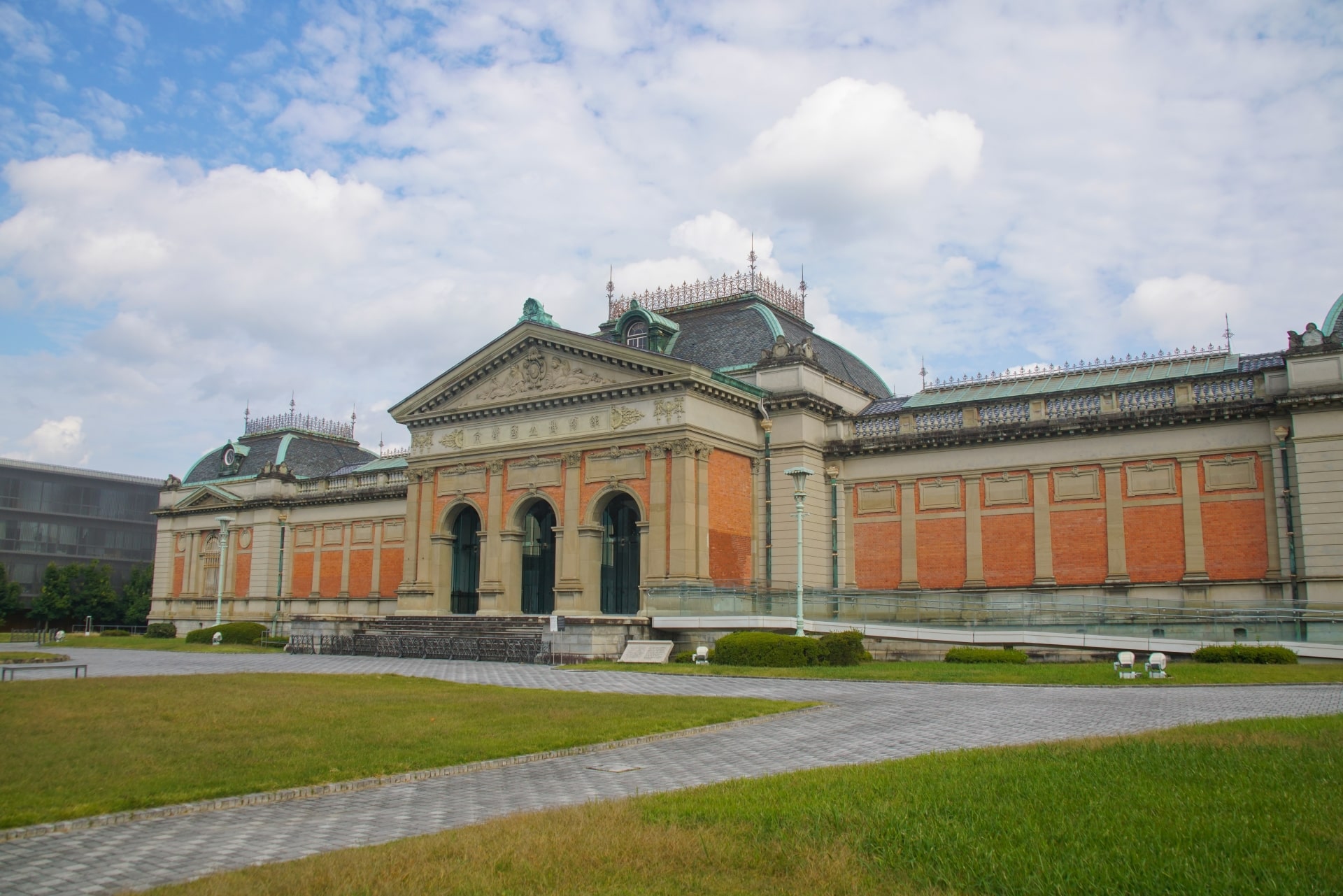
A standout feature is the Japanese Sculpture gallery, where dramatic lighting highlights intricate details of Buddhist statues from local temples. The museum also engages visitors with its mascot, Torarin, inspired by an 18th-century painting, adding a playful touch to the cultural exploration.
You should definitely visit this museum if you’re fascinated by ancient Japanese art and cultural artifacts and want to see rotating exhibitions that focus on Kyoto and the Kansai region.
2. The Cultural Museum of Kyoto
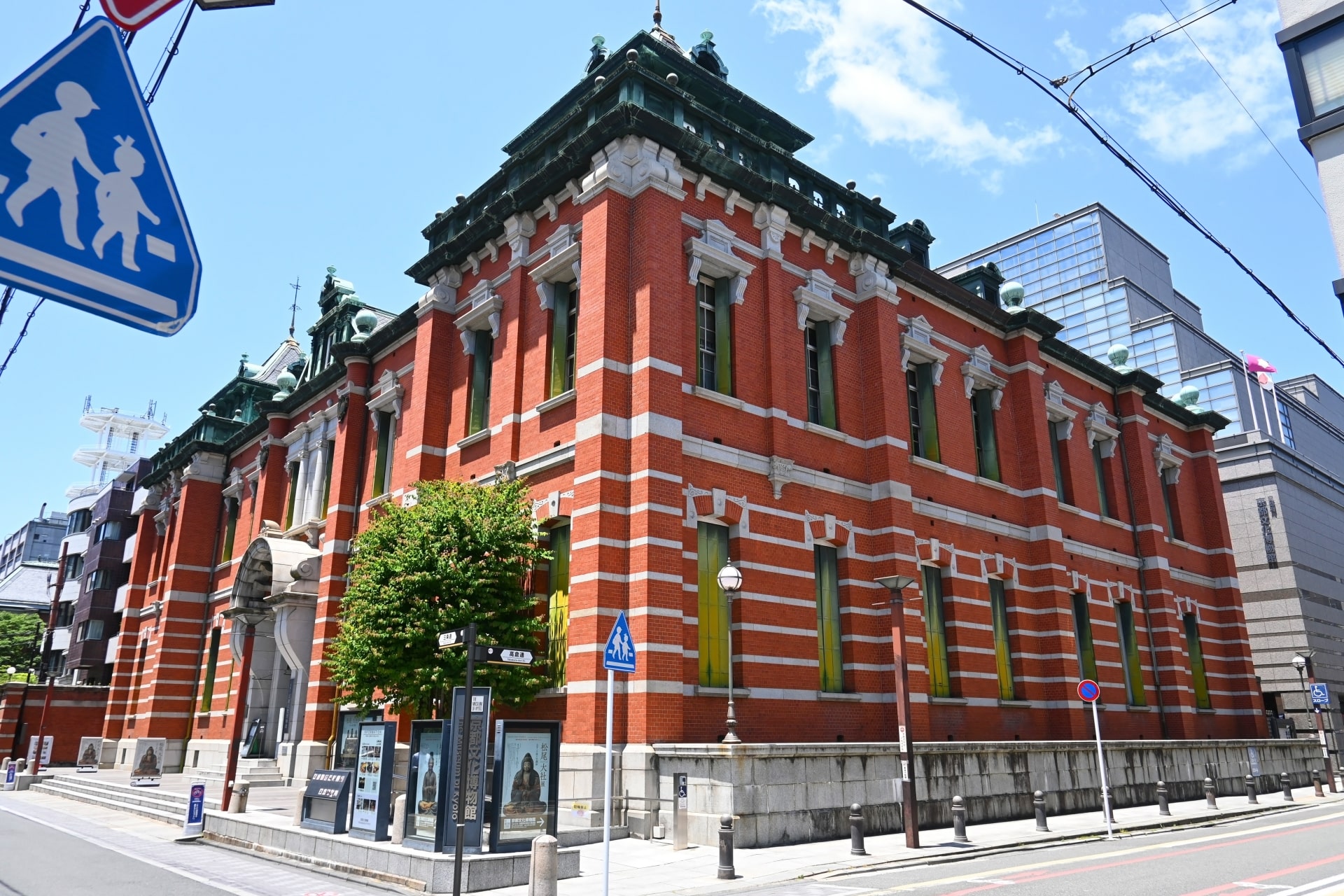
One of the museum’s highlights is the recreated streetscape of Kyoto during the Edo period, which is a vivid and immersive way to imagine what the past was really like. The annex building hosts various temporary exhibitions, including contemporary art and cultural displays, ensuring there’s always something new to discover.
You should definitely visit this museum if you’re interested in a comprehensive historical overview of Kyoto, including immersive displays of the city’s past and vibrant cultural exhibitions.
3. Kyoto Samurai and Ninja Museum
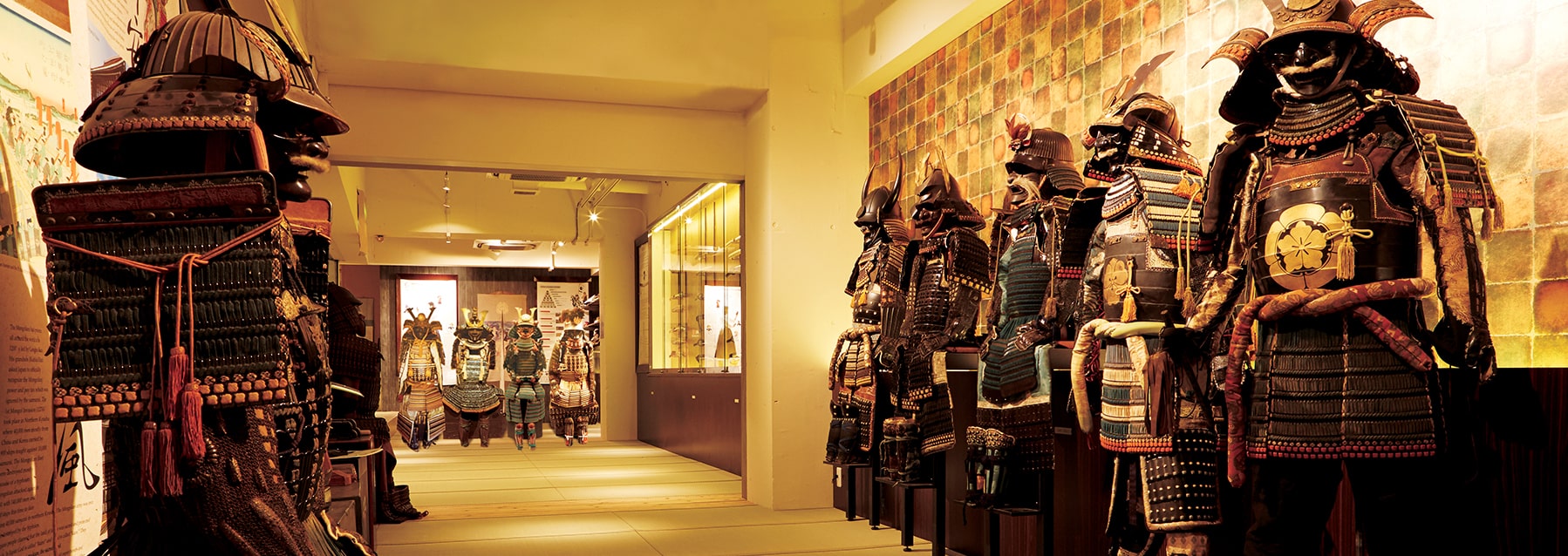
For those fascinated by Japan’s feudal era, the Kyoto Samurai and Ninja Museum (京都侍&忍者ミュージアム) offers an immersive experience into the world of these legendary warriors. Located in central Kyoto, this museum features an array of samurai armor, ninja tools, and historical artifacts.
You can participate in interactive exhibits, including sword demonstrations and ninja training sessions, providing a hands-on understanding of these iconic figures. The museum also offers opportunities to dress in samurai armor or ninja costumes, adding a fun and engaging element to the historical education.
You should definitely visit this museum if you want a hands-on experience with samurai armor and ninja tools, including interactive exhibits and costume opportunities.
See also: Samurai Museum Tokyo vs Samurai Museum Kyoto
 Access Access |
2-min walk from Kyoto-Kawaramachi Station |
|---|---|
 Official Website Official Website |
https://mai-ko.com/samurai/ |
4. Kyoto Railway Museum
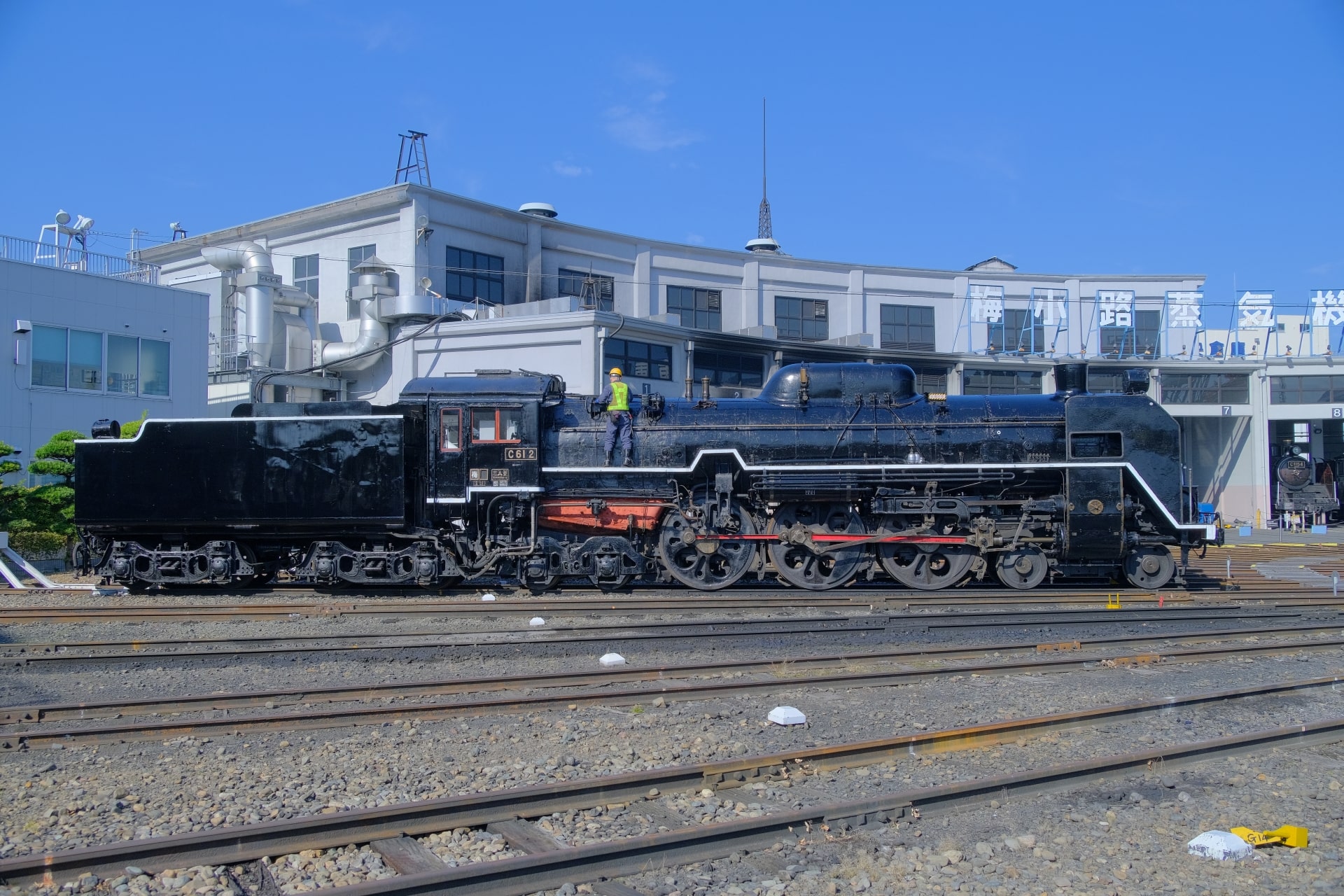
The museum’s roundhouse, a preserved structure from the early 20th century, houses several operational steam locomotives, offering live demonstrations of these historic machines in action. Its educational displays and hands-on experiences truly make it a must-visit for train enthusiasts and families alike.
You should definitely visit this museum if you’re a train enthusiast eager to explore Japan’s railway history through interactive exhibits and a vast collection of locomotives.
<<Book your Kyoto Railway Museum tickers here!>>
 Access Access |
2-min walk from Umekoji-Kyōtonishi Station |
|---|---|
 Official Website Official Website |
https://www.kyotorailwaymuseum.jp/ |
5. Kyoto International Manga Museum
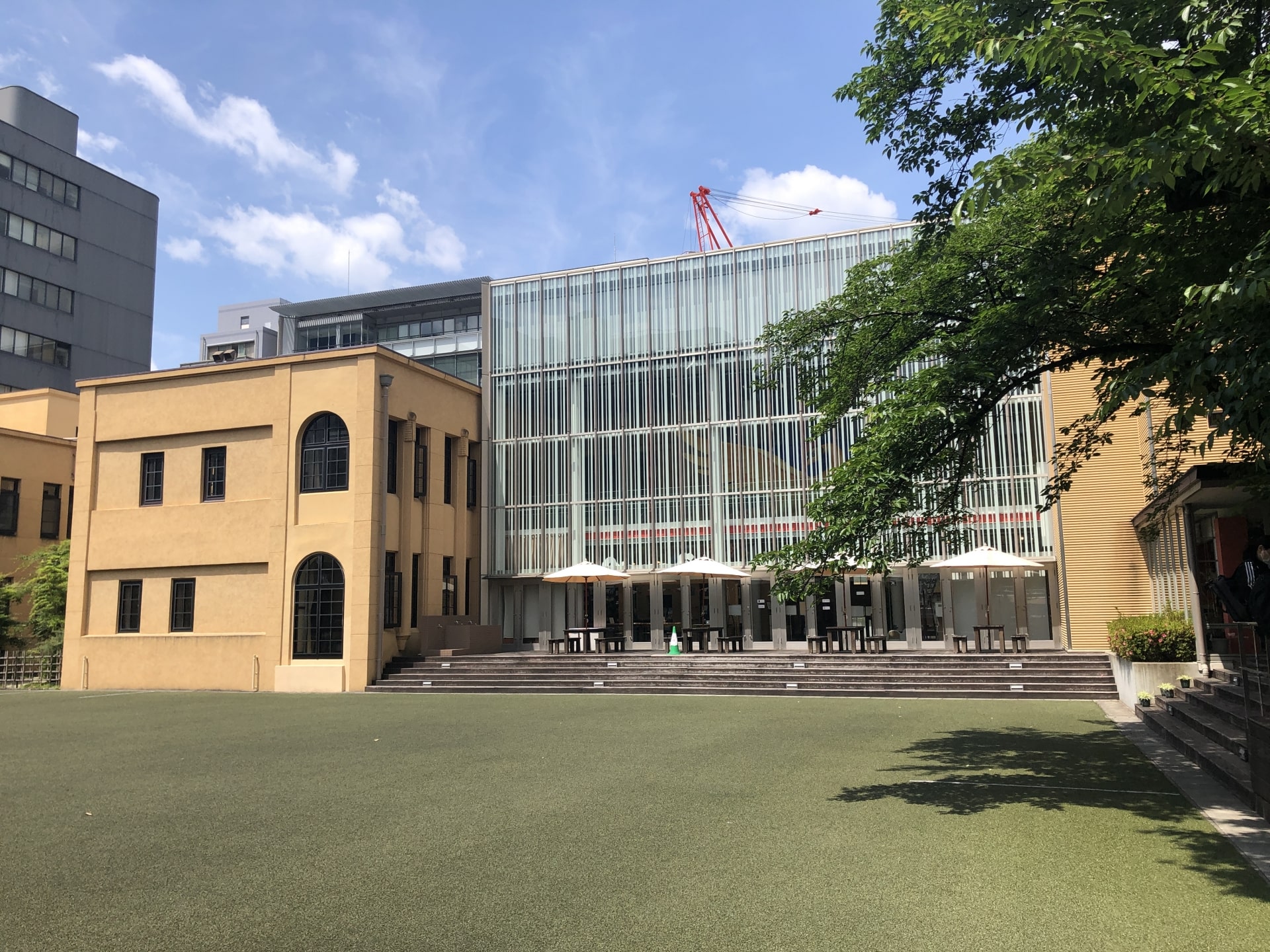
Come here and browse to your heart’s content the extensive “Wall of Manga,” a series of bookshelves stretching across several floors, where you can sit down to read your favorite titles. The museum also hosts special exhibitions, workshops, and live drawing demonstrations by renowned manga artists, making it a dynamic space for both casual readers and serious enthusiasts.
You should definitely visit this museum if you’re a manga fan looking to explore an extensive collection of manga works, engage in live drawing sessions, and enjoy reading manga on site.
More info: Kyoto International Manga Museum
6. National Museum of Modern Art, Kyoto

The modern architecture of the building, designed by Fumihiko Maki, complements the innovative spirit of the artworks displayed inside. A visit yo MoMAK provides a compelling insight into Japan’s artistic evolution over the past century, thanks to its mix of traditional and avant-garde pieces.
You should definitely visit this museum if you’re interested in 20th-century Japanese art, including both traditional and contemporary works, set in a modern architectural space.
7. The Kyoto Costume Museum
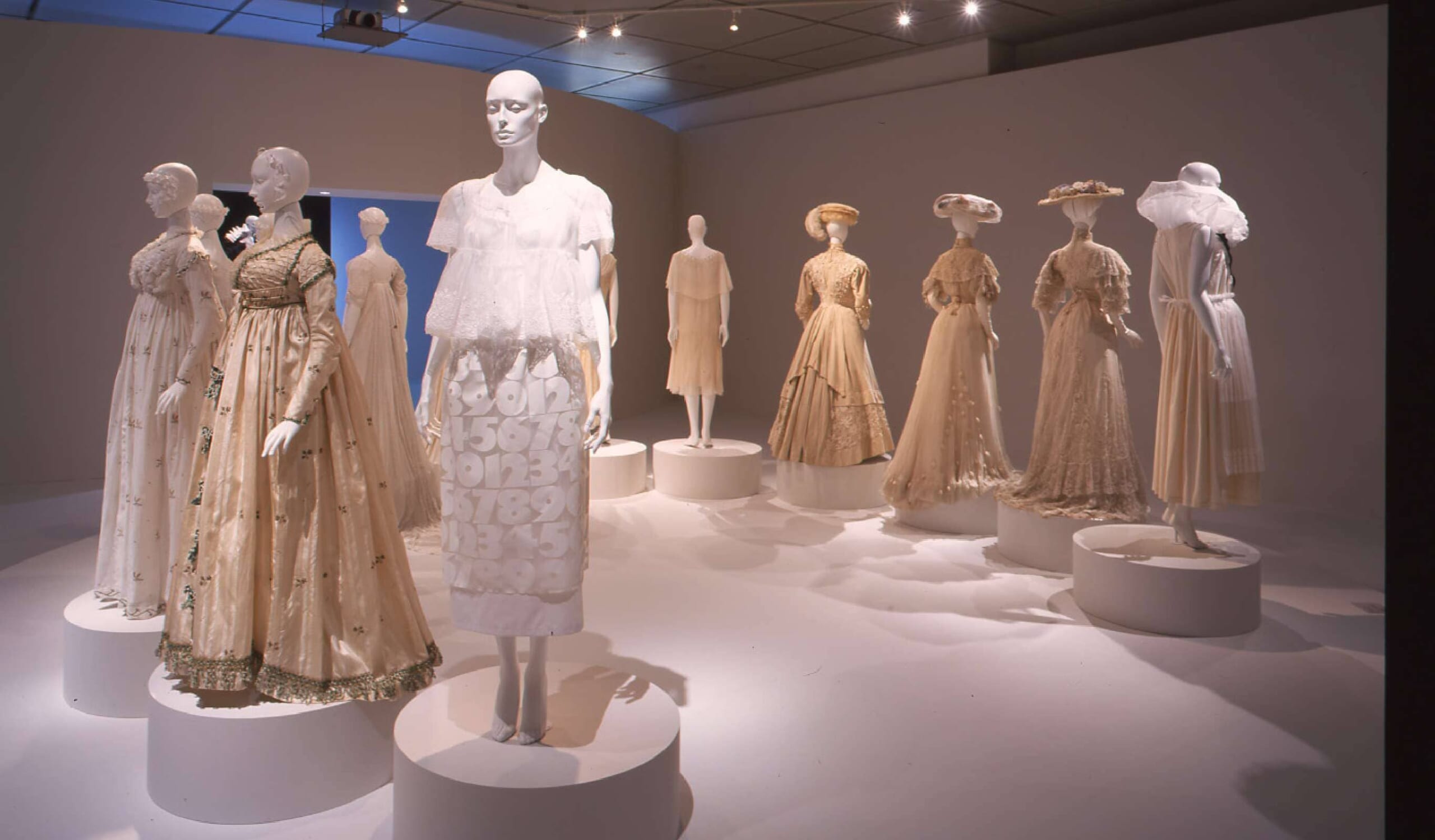
The Kyoto Costume Museum (京都服飾文化研究財団), located in the heart of Kyoto, is a unique exploration of Japan’s rich textile and fashion history. Focusing primarily on the Heian period (794-1185), the museum’s exhibits showcase exquisite reproductions of traditional clothing, including the intricate twelve-layered court costumes worn by aristocracy. Here you will marvel at the detailed craftsmanship and learn about the historical significance of each garment.
The museum also features interactive displays and educational materials that provide insight into the evolution of Japanese fashion and its cultural context, leaving you with a good understanding of the artistry and tradition of Japanese attire.
You should definitely visit this museum if you’re captivated by the history of Japanese fashion, especially the intricate costumes from the Heian period.
8. Kyoto City KYOCERA Museum of Art
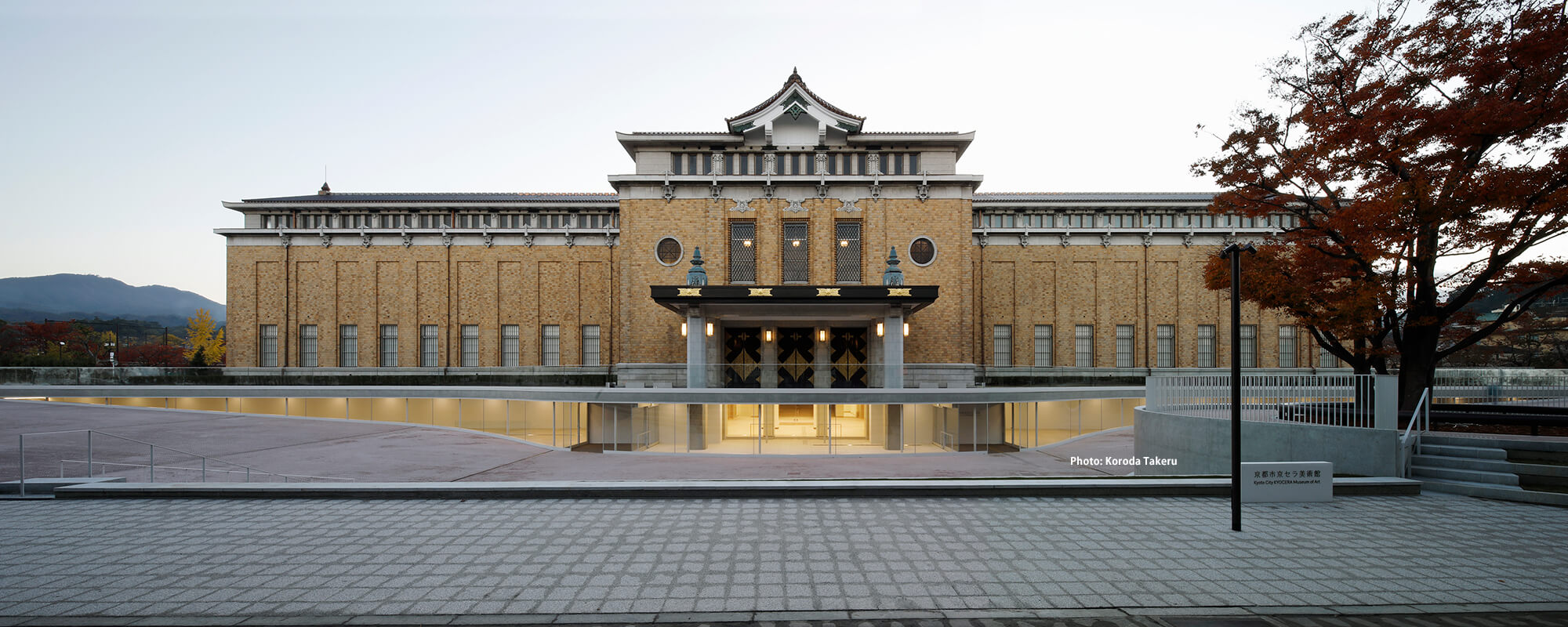
Located in Okazaki Park, the Kyoto City KYOCERA Museum of Art (京都市京セラ美術館) is one of Japan’s oldest public art museums, recently renovated and reopened in 2020. The museum’s impressive collection spans a wide range of artistic styles and periods, featuring works by prominent Japanese and international artists.
The permanent collection includes modern and contemporary art, while the museum’s special exhibitions cover various themes and media. The building itself is an architectural gem, incorporating historical elements with modern design to create a welcoming and inspiring space for visitors. The museum’s lush garden and terrace offer additional spots for reflection and appreciation of art in a quiet and relaxing environment.
You should definitely visit this museum if you appreciate modern and contemporary art and want to experience it within a beautifully renovated historic building.
 Access Access |
8-min walk from Higashiyama Station |
|---|---|
 Official Website Official Website |
http://kyotocity-kyocera.museum/ |
9. Gallery of Kyoto Traditional Arts & Crafts
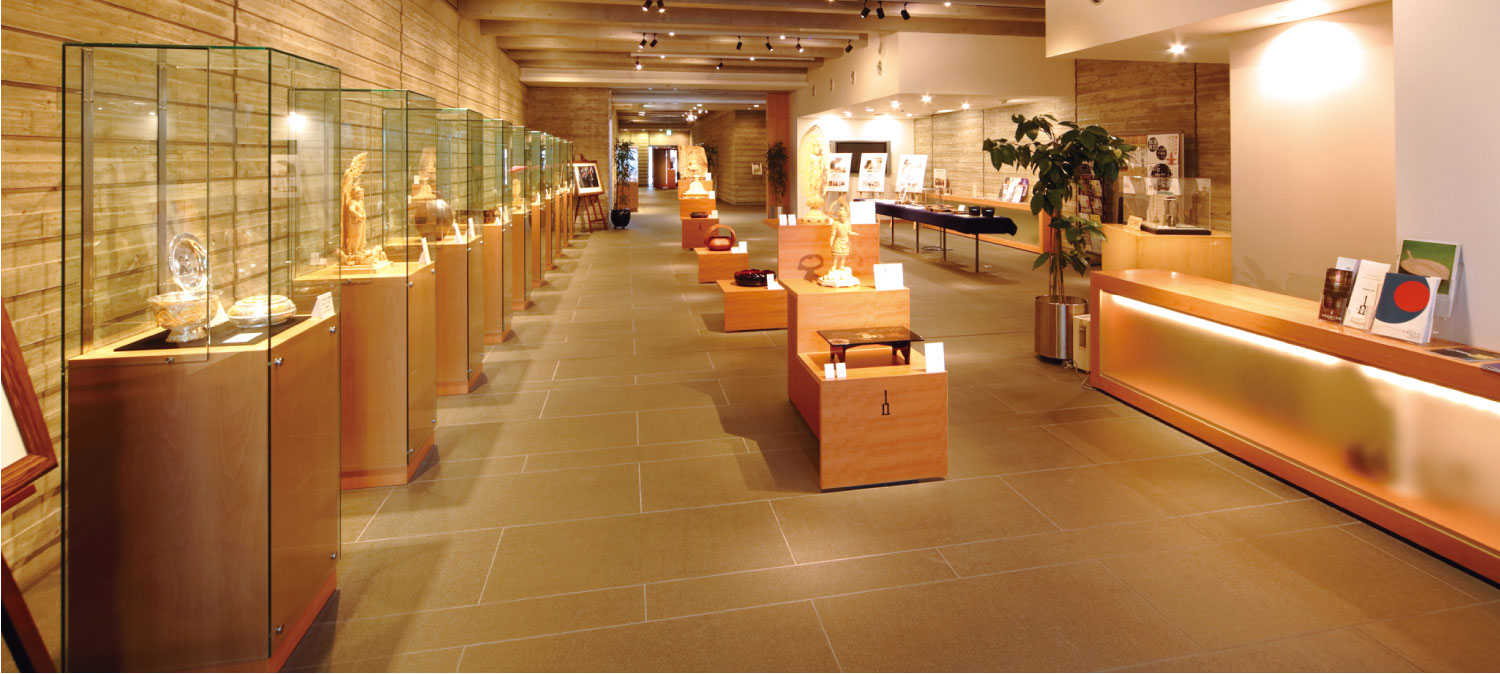
In the cultural heart of Kyoto, the Gallery of Kyoto Traditional Arts & Crafts (京都伝統工芸館) celebrates the city’s vast heritage of traditional crafts. The museum showcases an extensive array of Kyoto’s artisanal crafts, including pottery, textiles, lacquerware, and metalwork, highlighting the skill and dedication of local craftsmen. Interactive exhibits and live demonstrations allow visitors to witness the intricate techniques involved in creating these masterpieces.
The museum also offers workshops where visitors can try their hand at various crafts, providing a hands-on understanding of Kyoto’s artisanal traditions. A visit to the Kyoto Museum of Crafts and Design offers an enriching experience, connecting visitors with the city’s enduring legacy of craftsmanship.
You should definitely visit this museum if you’re keen to learn about traditional Japanese crafts through interactive exhibits and live demonstrations by local artisans.
 Access Access |
1-min walk from Karasuma Oike Station |
|---|---|
 Official Website Official Website |
http://www.dentoukougei.com/ |
10. Gekkeikan Okura Sake Museum
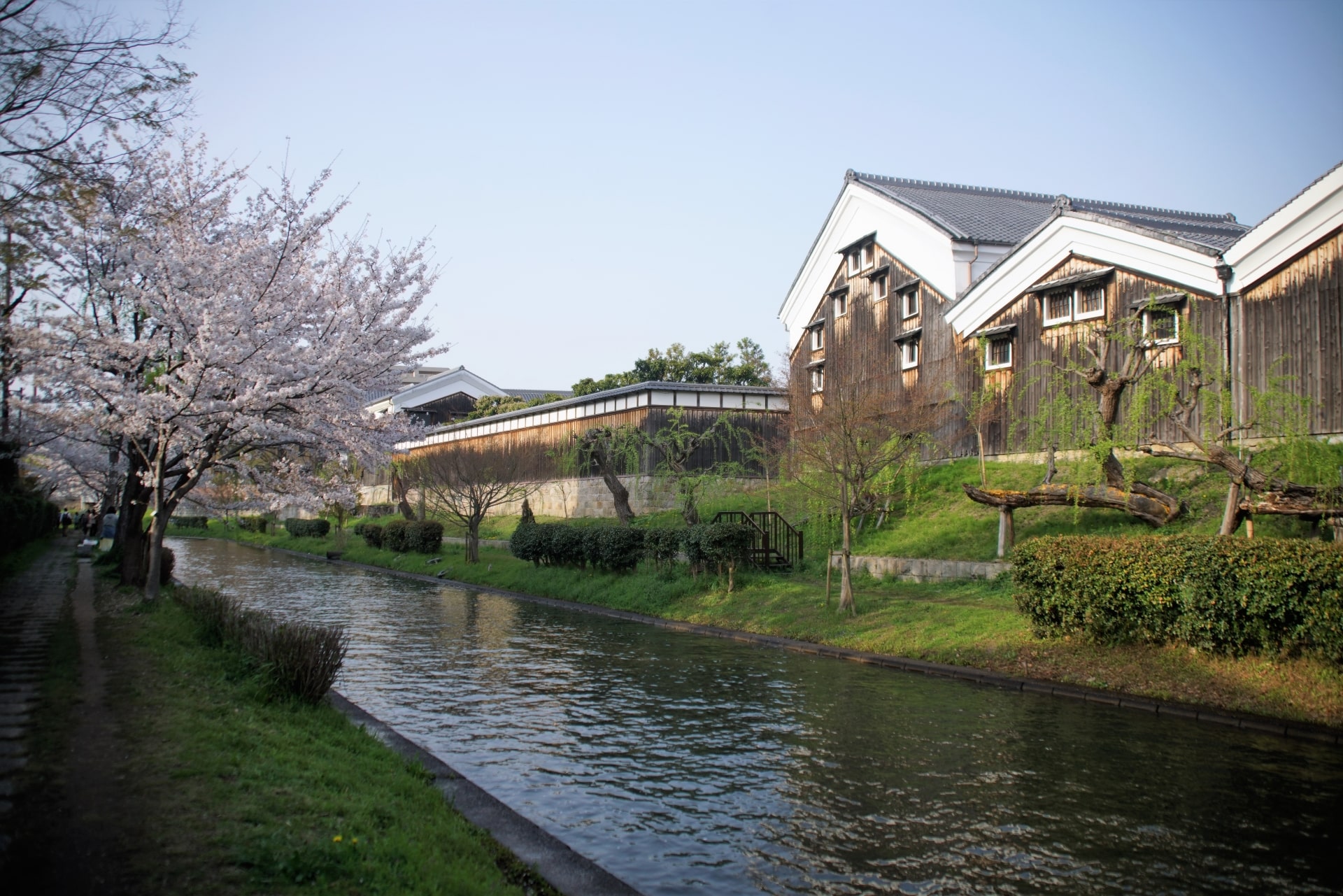
The tour concludes on a high note with a sake tasting, where you can sample different varieties of Gekkeikan sake, before heading to a well-stocked gift shop, with an array of sake-related products and souvenirs, making it a perfect destination for both sake enthusiasts and those looking to learn more about this quintessential Japanese beverage.
You should definitely visit this museum if you want to deep dive into the history and process of sake brewing, with the added bonus of tasting different varieties of sake.
 Access Access |
5-in walk from Chushojima Station |
|---|---|
 Official Website Official Website |
https://www.gekkeikan.co.jp/enjoy/museum/ |
11. Nintendo Museum
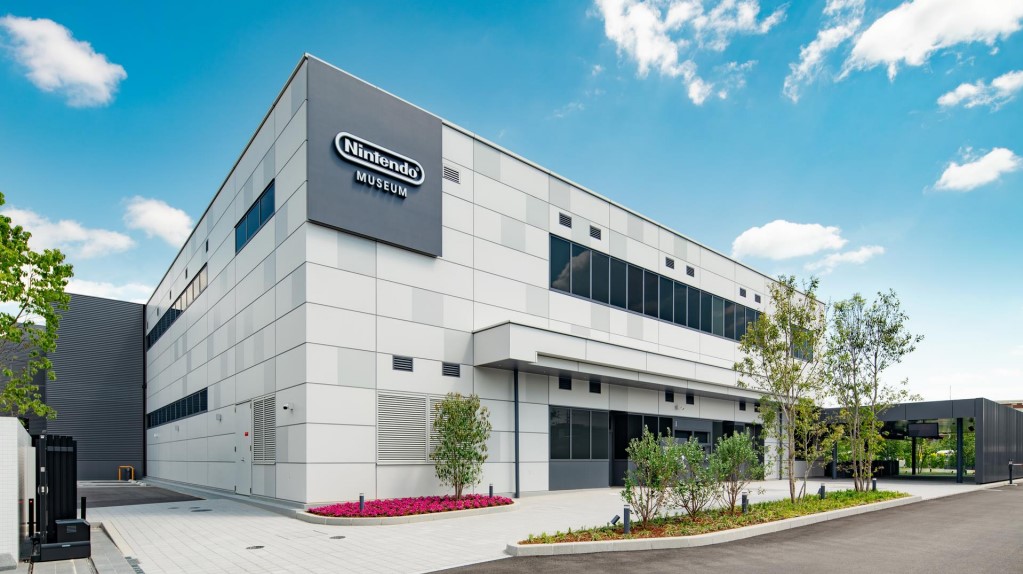
The Nintendo Museum (ニンテンドーミュージアム) is the most recent addition to the Kyoto museum landscape, having recently opened in October 2024 to the joy of! This museum is located at the former Uji Ogura Plant, where Nintendo once manufactured playing cards, marking a significant site in the company’s history. The museum celebrates the legacy of Nintendo, one of the most influential companies in the gaming industry.
There are interactive exhibits, historical artifacts, and exclusive memorabilia that trace Nintendo’s evolution from a playing card company to a global entertainment giant. There’s also a fun workshop space, a themed cafe and a shop with exclusive items! As the first Nintendo Museum in the world, it’s quickly become a local hotspot so you need to reserve in advance in order to visit. It’s absolutely worth the wait, we promise!
You should definitely visit this museum if… Oh c’mon do I really have to say it?
More info: Nintendo Museum, a Walk Through Gaming History
▽Subscribe to our free news magazine!▽
For more information about leisure and traveling in Japan, check these articles below, too!
▽Related Articles▽
Written by
Photographer, journalist, and avid urban cyclist, making sense of Japan since 2017. I was born in Caracas and lived for 14 years in Barcelona before moving to Tokyo. Currently working towards my goal of visiting every prefecture in Japan, I hope to share with readers the everlasting joy of discovery and the neverending urge to keep exploring.






